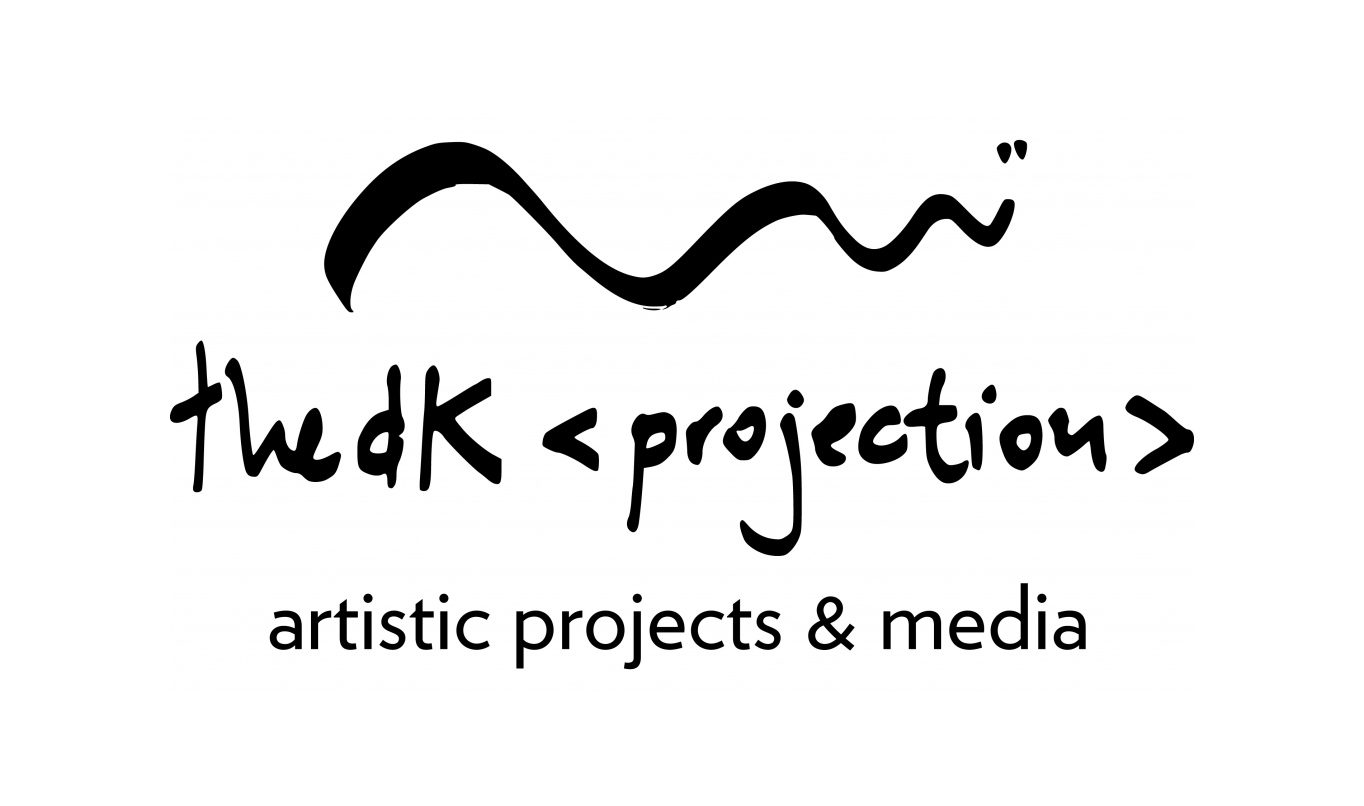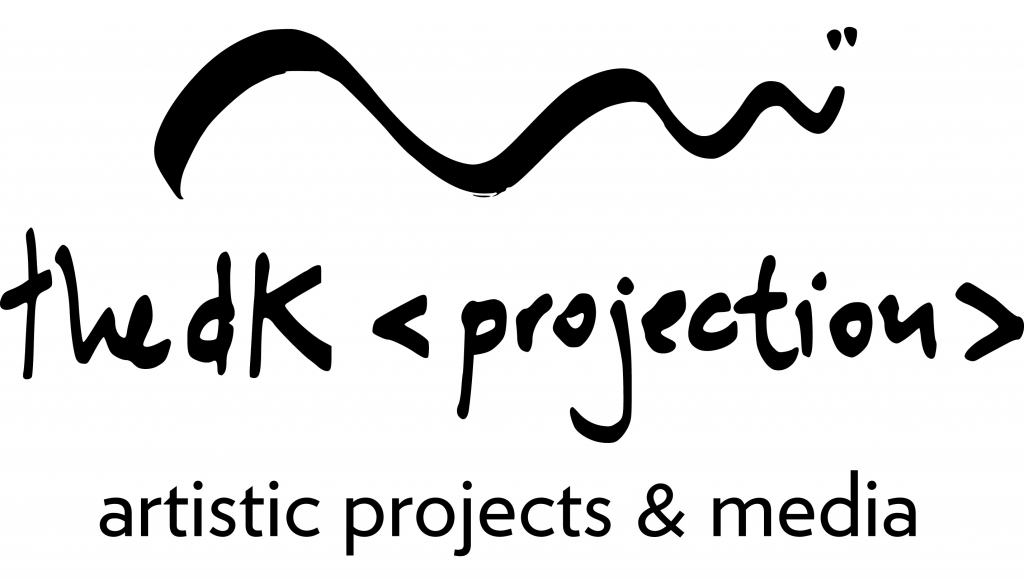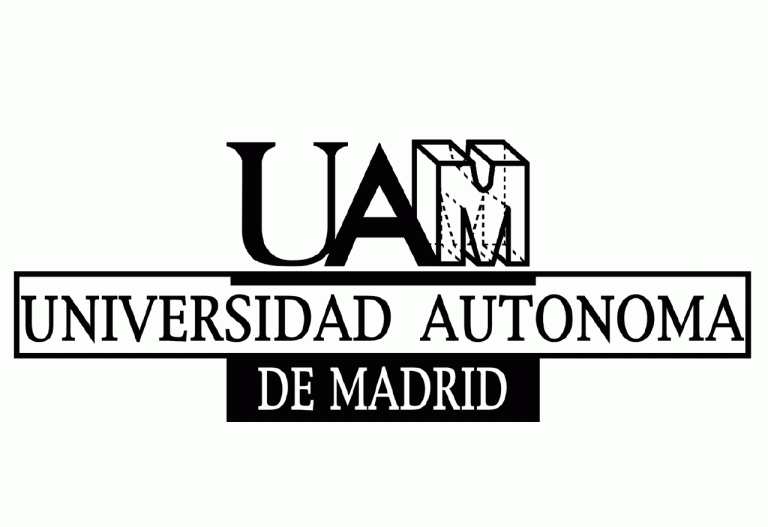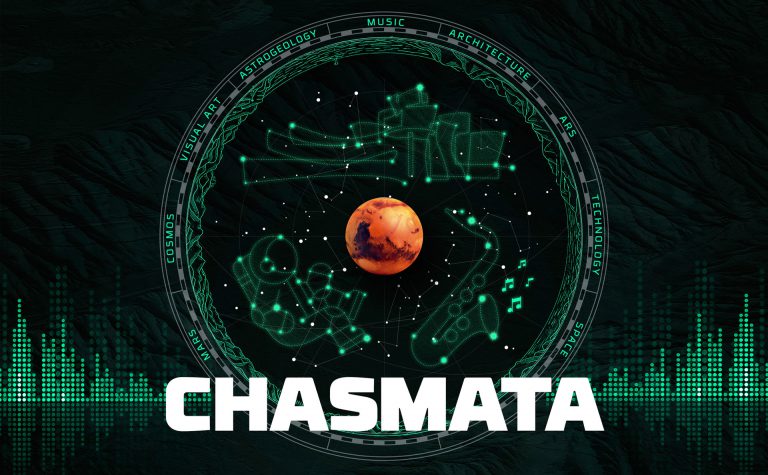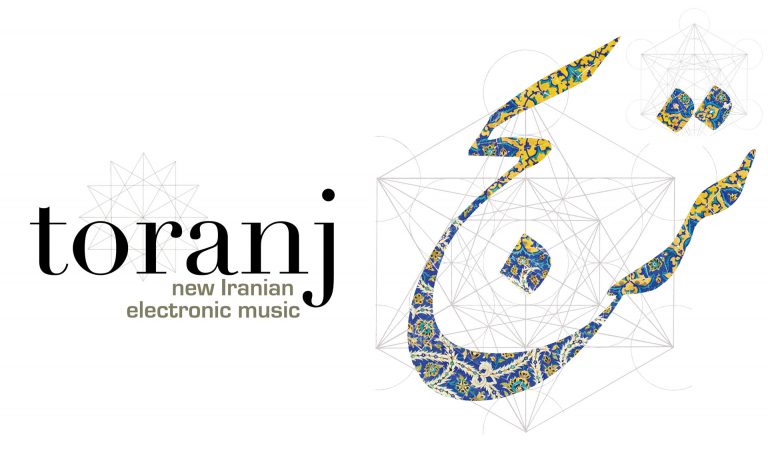Capturing materials
During my short stay in Spain, I took advantage of this opportunity to visit Bodegas Qumran and meet Jesús. We both spent a very entertained morning capturing recordings for my new electronic piece, De la luz y del espacio. This is the second piece of the DK <qumran> series.
The technique I used was to introduce a cardioid condenser microphone within the glass of wine, naturally empty, as while as we captured several sounds. This technique is particularly interesting because the microphones capture the glass’ frequency of the reflections produced inside, and also because of the filtered frequencies from the exterior. This is done without producing too much percussion sounds or another exterior noises. It is as if the glass picked up the air of the space, as a sort of natural filter.
We realized all kind of recordings, very expressive, by using the empty interior of the truncated conical tanks where wine is stored during the fermentation process, as well as other places of the winery: a press that is used to squeeze grapes; the steel structures used for setting the bottles once encapsulated; the oak barrels’ room, where we played with hands over the wooden surfaces producing several sounds; water sounds that came from the exterior watering hole; the small basin at the tasting hall, which produces a delicious tiny water cascade…
Each new sound we were obtained was each time more surprising, especially the sound that came from the tanks interior: analogical electronic in pure state. The resonances of this place, together with the silence and religious pace of the whole place, are merely indescribable. The irregularity of the interior volumes, as well as the importance of concrete as a material, give an impressive atmosphere to the spaces, resulting in a very plastic acoustical experience.
The idea is to realize with these materials the piece De la luz y del espacio, which basically will be centered in two sources: on one hand the sounds produced by Jesús and myself, and on the other hand the timeline extracted from the south façade’s left-bottom module. For this second source, it will be necessary a strict work of composition, which attends directly a strategy on space and articulation.
